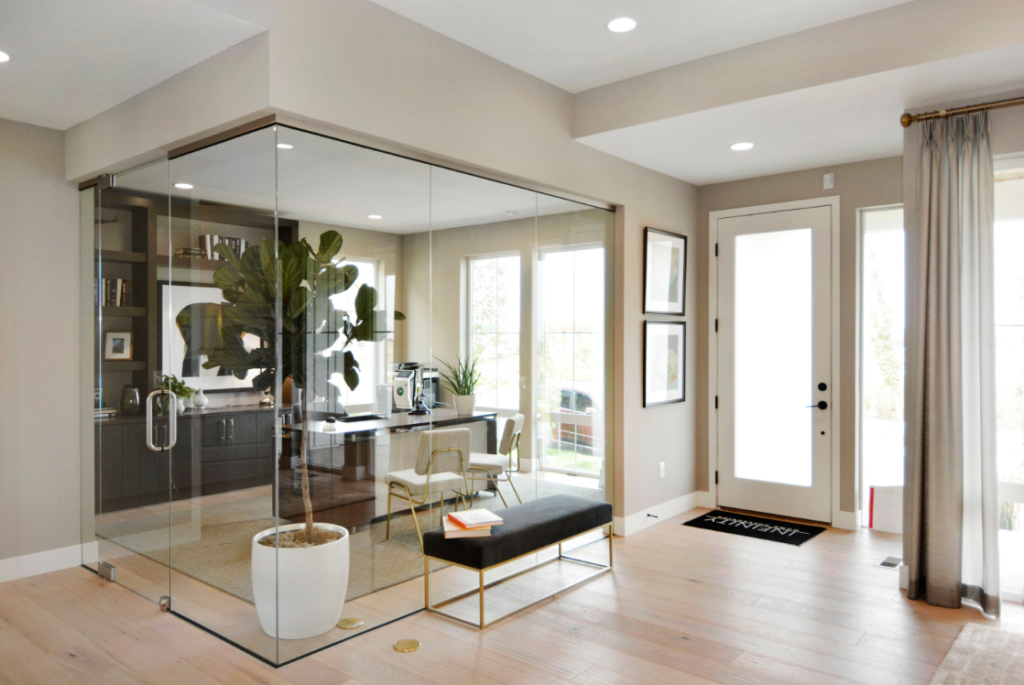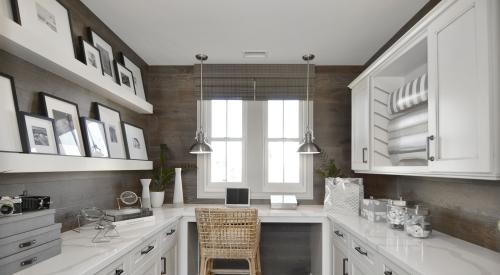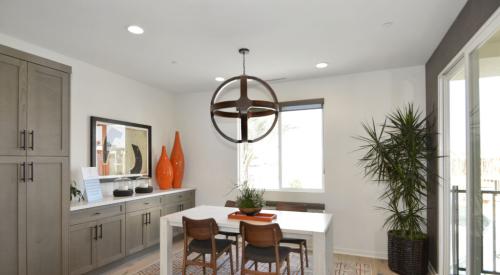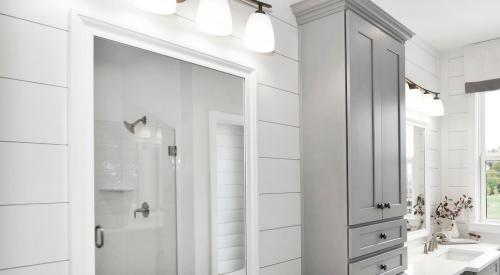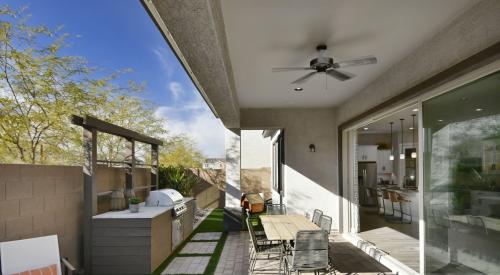If you’re wondering whether and how to adapt your new homes in response to 2020’s widespread remote work and eLearning situations, a new report from the New Home Trends Institute, a division of John Burns Real Estate Consulting, has answers.
In August, the Irvine, Calif.-base research firm surveyed 1,242 homeowners working from home about their current home office and virtual schooling situations, asking what they liked and disliked about what has become the new normal for many workers and students in 2020, due to the COVID-19 pandemic. (The complete findings of the Work From Home, Part 1 report are available for free download below.)
Researchers also looked at numbers from the U.S. Census Bureau’s American Community Survey, U.S. Bureau of Labor Statistics, search engine queries, and more to develop a comprehensive view of current housing and remote work trends.
Based on their work, they identified a number of important findings for new-home builders:
- Working from home is expected to continue. Even when the COVID-19 crisis ends, an estimated 13 million middle- to high-income households expect to continue working remotely, either part- or full time. They will need home offices that meet their needs.
- An estimated 400,000 households will move specifically due to their work at home challenges. This segment will be dominated by young families, who report great frustration with the limitations (noise, space, privacy) of their current setup for remote work and often, virtual schooling. This represents a significant opportunity for builders who can address these very real pain points.
- Home office offerings will get more scrutiny from buyers. After working at home since March, consumers are intimately familiar with the shortfalls of their hastily assembled home workspaces. They will be looking for improved lighting, smarter storage, and more in their next home office.
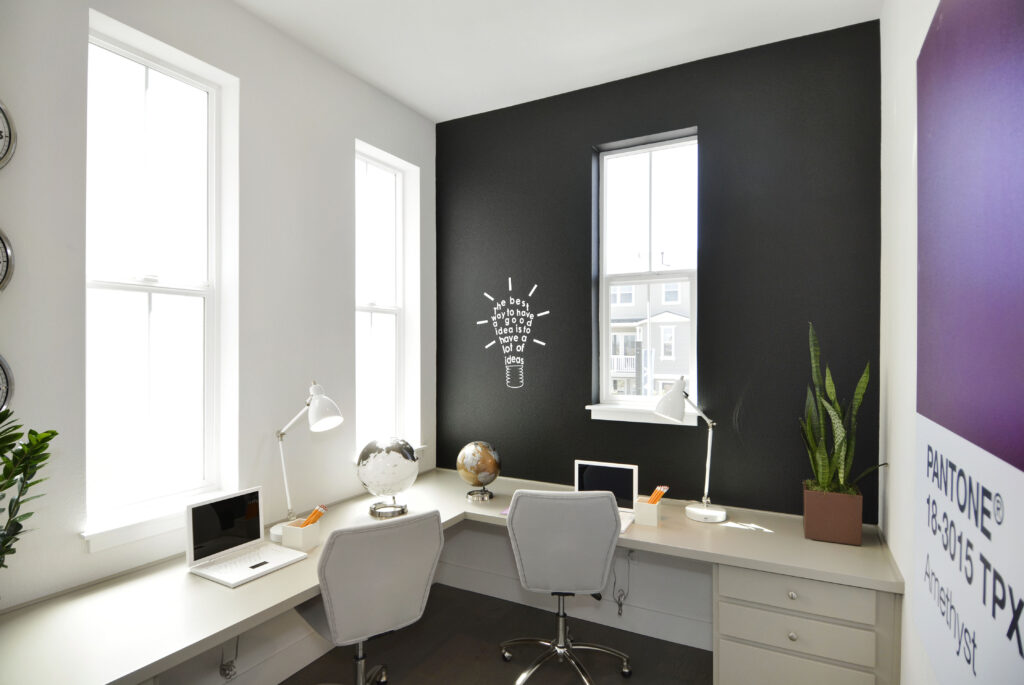
RELATED: What Homeowners Want in a Home Office
But new-home buyers and their requirements differ, and so should builders’ approach to home offices. In their report, John Burns Real Estate Consulting identified four groups of buyers, all of whom have different priorities and challenges related to working and learning at home.
They include:
- Young singles and couples. This group loves the coziness and flexibility of working from home, but wants stronger connectivity and more thoughtful lighting given the bandwidth and reality of frequent videoconference meetings. They would also like a dedicated workspace—not just a spot on the couch.
- Young families, whose children are all under 12 years of age. More than three-fourths (78%) of this segment say they’d like to improve their work-from-home situation, the largest of any group in the survey. “Young families are getting creative, finding any private space available. They appreciate the family time and slower-paced mornings but struggle with organization and privacy, sometimes even when their workspace has a door,” according to the report, who says this group also is less likely to have a dedicated home office.
- Mature families, with children 12 and up in the household, including college students. Homeowners in this group want home offices that are comfortable and enjoyable, but they also seek better work/life balance; they seek spaces that allow them to mentally and physically close the door on their work at the end of the day.
- Mature singles and couples, who are the least likely to need improvements in their home office situations. They don’t have kids at home, and they are the most likely to have a formal office or a guest room available for remote work.
For more actionable data and insights into buyers’ home office preferences, including product ideas and design inspirations from builders around the country, download a free copy of the Work From Home, Part 1 report from the New Home Trends Institute.


